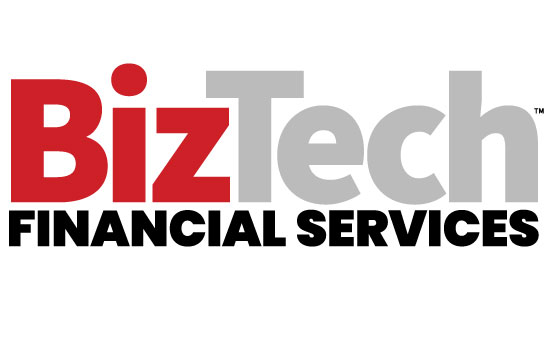Why Leasing Data Center Hardware Makes Sense
With Dell Apex, businesses can create custom data center environments that offer the best of both worlds: cloudlike scalability with onsite control.
This starts with an evaluation of current capacity needs, including baseline and potential requirements. Rate structure is then defined based on usage for specified workloads, consumption is automatically tracked and reported, and companies receive an invoice reflecting actual usage each month.
“Actual usage” is what sets the Dell solution apart. While deployed capacity exceeds baseline capacity to provide a resource buffer, organizations are only charged for additional capacity when it is used. This allows IT teams to scale up data center resources based on seasonal demand or sustained company growth, or scale back down as data needs change. In both cases, companies pay only for the capacity they use, not the capacity they have available.
Survey numbers put the Apex advantage in perspective: 60% of companies say Dell Apex makes it faster to deploy new capacity.
DISCOVER: What is high performance computing power?
Get Expert Help With On-Premises DCaaS
Many organizations are now choosing three-year IT service contracts that align with typical hardware refresh cycles. Dell Apex is no exception; moving to on-premises DCaaS can control data spending and enhance data security.
CDW experts help businesses identify the IT services and solutions that best align with current objectives and long-term goals. For example, we can provide a comprehensive evaluation of existing environments, from data volumes and resource consumption to security practices and application integration. This lays the groundwork for customized technology deployments that are both resource-efficient and cost-effective.
To learn more, connect with a CDW managed services expert today.












